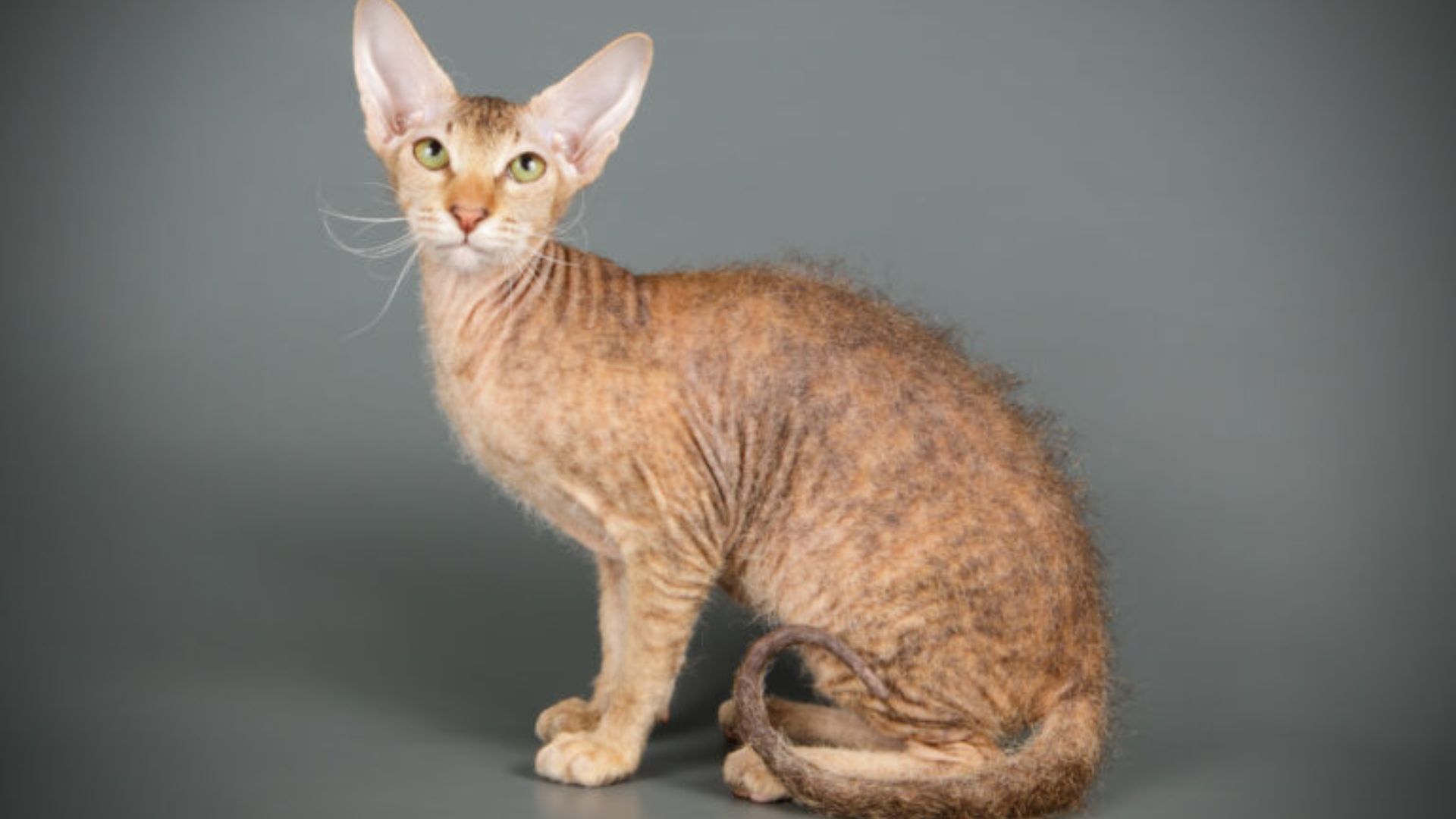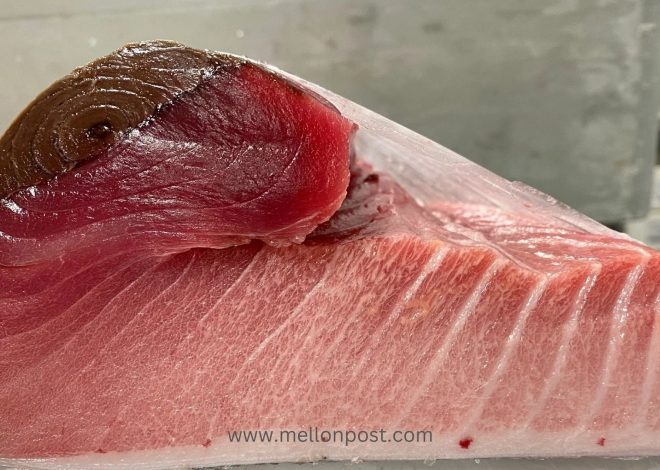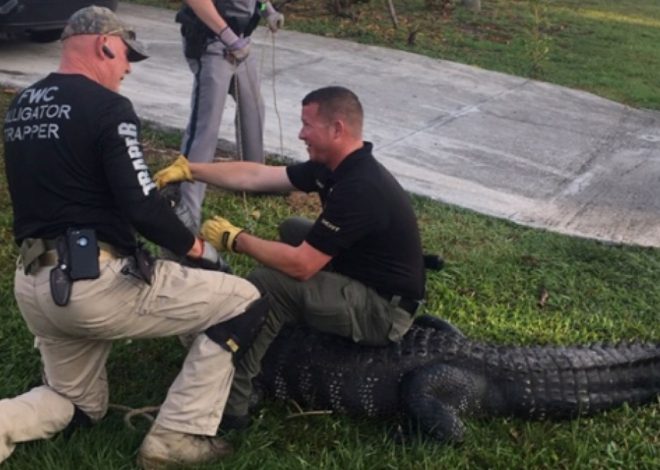
Peterbald cats
The Peterbald is a relatively new cat breed, originating in Russia in 1994 from a cross between a Donskoy (Don Sphynx) and an Oriental Shorthair.
Peterbalds can have various coat types, ranging from completely bald (naked) to having a short, straight coat. Their coats can also change over time. They have a long, lean body, a wedge-shaped head, large ears, and a long, whippy tail.
Temperament and Personality
Peterbalds are described as affectionate, playful, curious, intelligent, and social cats. They form strong bonds with their human families and enjoy interacting with them, often “shadowing” their owners. Peterbalds get along well with children, other pets, and are generally friendly and outgoing.
Care and Health
Peterbalds require regular bathing and grooming, especially the hairless varieties, to maintain skin health.
They are sensitive to temperature extremes and should be kept indoors, protected from both cold and direct sunlight. Potential health concerns include progressive retinal atrophy, though the breed is still relatively new.
Rarity and Cost
Peterbalds are considered a rare and expensive breed, with kittens costing up to $2,000.
The breed’s high-calorie dietary needs and veterinary care can also make Peterbalds costly to own.
In summary, the Peterbald is a unique, affectionate, and social cat breed with a distinctive appearance and specialized care requirements due to their variable coat types and lack of protective fur.
The difference between peterbald cats and don sphynx cats
The key differences between Peterbald cats and Don Sphynx (Donskoy) cats are:
1. Genetic Origin: Peterbalds were created by crossing a Donskoy (Don Sphynx) with an Oriental Shorthair, resulting in a more “Oriental” body type. Donskoys are the original hairless cat breed discovered in Russia, with a recessive hairless gene.
2. Coat Variability: Peterbalds can have a wider range of coat types, from completely bald to having a short, straight coat. Their coats can also change over time. Donskoys are typically completely hairless or have a very short, fine coat.
3. Body Type: Peterbalds have a longer, leaner body shape compared to the Donskoy, which is influenced by the Oriental Shorthair ancestry. Donskoys have a more rounded, elf-like facial structure and a slightly stockier build.
4. Personality: Peterbalds are described as more active, athletic, and vocal compared to the Donskoy. Both breeds are affectionate and bond closely with their owners, but Peterbalds may be slightly more demanding and “dog-like” in their behavior.
Personality of the peterbald cats
The key points about the personality of Peterbald cats are:
1. Affectionate and Loyal: Peterbalds are described as extremely affectionate, loyal, and loving towards their human companions. They form deep attachments to their owners and enjoy constant interaction and companionship.
2. Intelligent and Curious: Peterbalds are highly intelligent cats that are curious and energetic. They are eager to engage with their owners and participate in household activities.
3. Social and Outgoing: Peterbalds are very social and outgoing, getting along well with children, other pets, and even strangers. They have a “dog-like” personality, often following their owners around the house.
4. Playful and Active: Peterbalds are playful and energetic, enjoying interactive toys and activities to keep them mentally and physically stimulated.
5. Dislike Alone Time: Peterbalds do not do well when left alone for long periods of time and can develop separation anxiety. They thrive on constant attention and interaction with their human family.
Average lifespan of a peterbald cat
The average lifespan of a Peterbald cat is typically around 10 to 15 years, as indicated by the information provided in the search results. With proper care, attention, and a nutritious diet tailored to their specific needs, some Peterbalds have been known to live well into their late teens or even early twenties.
Regular veterinary check-ups, vaccinations, parasite prevention, and a stress-free environment are essential components for ensuring a long and healthy life for these remarkable felines.
Common health issues that peterbald cats face
Some common health issues that Peterbald cats may face include:
1. Skin Infections: Due to their unique hairless coat, Peterbald cats are prone to skin infections, oily skin, and sensitivity that can lead to issues like yeast infections and attract dirt.
2. Urinary Tract Infections (UTIs): Peterbald cats may be predisposed to urinary tract infections, which can result from blockages, stones, crystals, injury, or stress.
3. Digestive Issues: Peterbald cats, with their faster metabolisms, may experience digestive issues, absorption problems, or bowel health concerns that can impact their overall well-being.
4. Dental Disease: Just like humans, Peterbald cats can develop plaque, tartar, and gum disease if their dental hygiene is not properly maintained. Regular dental care, including daily tooth brushing and professional cleanings, is essential to prevent dental issues.
5. Sensitivity to Temperature Changes: Peterbald cats are sensitive to temperature extremes and require protection from the sun and help staying warm, including cozy bedding or clothing.
6. Hypertrophic Cardiomyopathy (HCM): While not common, some Peterbald cats may be predisposed to heart conditions like hypertrophic cardiomyopathy, a serious heart condition where the heart muscle thickens.
These health issues highlight the importance of regular veterinary check-ups, proper grooming, dental care, and a balanced diet tailored to the specific needs of Peterbald cats to ensure their well-being and longevity.
Ways to prevent skin issues in peterbald cats
Here are some key ways to prevent skin issues in Peterbald cats:
1. Regular Bathing: Peterbalds require regular bathing, approximately once a week, to remove excess oils and prevent skin conditions like acne, yeast infections, and bacterial infections. Use gentle, hypoallergenic shampoos formulated for cats to avoid skin irritation.
2. Skin Moisturizing: Apply pet-safe moisturizers like coconut oil to the Peterbald’s skin to keep it hydrated and prevent dryness.
3. Sun Protection: Limit Peterbalds’ exposure to direct sunlight, as their hairless skin is highly susceptible to sunburn and skin cancer. Use pet-safe sunscreen when they must be outdoors to protect their delicate skin.
4. Temperature Regulation: Provide Peterbalds with a warm, comfortable environment, as they are sensitive to temperature fluctuations. Offer cozy bedding, blankets, or heated beds to keep them comfortable in colder weather.
5. Nail and Ear Care: Regularly trim the Peterbald’s nails to prevent scratches and cuts that could lead to skin infections. Clean their large, prominent ears to remove excess wax buildup and prevent ear infections.
6. Dental Hygiene: Maintain good dental health by brushing the Peterbald’s teeth regularly and providing dental treats or rinses. This helps prevent dental disease, which can contribute to skin issues.
7. Veterinary Check-ups: Schedule regular veterinary check-ups to monitor the Peterbald’s skin health and catch any potential issues early.
By following these preventative measures, Peterbald owners can help keep their cat’s sensitive skin healthy and minimize the risk of common skin problems.
Common skin conditions that peterbald cats face
Some common skin conditions that Peterbald cats may face include:
1. Sunburn and Skin Cancer: Peterbalds’ hairless or sparse coats make them highly susceptible to sunburn and increased risk of skin cancer from prolonged sun exposure. Protecting them from direct sunlight is crucial.
2. Skin Infections: Due to the buildup of oils on their skin, Peterbalds are prone to bacterial and fungal skin infections, such as acne and yeast infections.
3. Allergies and Skin Rashes: Peterbalds may develop skin allergies and rashes, potentially due to inbreeding or an inability to properly digest certain proteins. This can cause chronic hives and other skin irritations.
4. Dry, Flaky Skin: The lack of fur can lead to dry, flaky skin in Peterbalds, which requires regular moisturizing and bathing to maintain skin health.
5. Sensitivity to Temperature Changes: Peterbalds’ hairless or sparse coats make them sensitive to temperature extremes, which can contribute to skin issues if they are not kept in a comfortable, climate-controlled environment.
Proper grooming and a healthy, balanced diet are also crucial for maintaining their delicate skin.
Some symptoms of sunburn in peterbald cats
Some key symptoms of sunburn in Peterbald cats include:
1. Red, scaly, inflamed, or crusted skin that is hot to the touch
2. Swollen eyes, stomach, paw pads, nose, and eyes
3. Pain or discomfort
4. An urge to lick or scratch the affected part of their body, which may further damage their skin
5. In severe cases, blisters or sores may develop, which can lead to infection
Peterbalds, being a hairless or sparsely-coated breed, are particularly susceptible to sunburn and sun damage due to their thin skin and lack of protective fur. Prompt veterinary attention is crucial if any of these sunburn symptoms are observed in a Peterbald cat.
Some ways to treat sunburn in peterbald cats
Some key ways to treat sunburn in Peterbald cats:
1. Cool Compresses: Apply cool, damp compresses to the affected areas for 5-15 minutes to help soothe the skin and reduce inflammation.
2. Topical Treatments: Use pet-safe, fragrance-free aloe vera gel or honey-based creams to help hydrate and calm the sunburned skin. Avoid using human sunscreens or other harsh chemicals, as they can be toxic to cats.
3. Pain Relief and Anti-Inflammatory Medications: The vet may prescribe oral or topical steroids to help relieve pain and reduce inflammation from the sunburn.
4. Antibiotics: If the sunburned areas become infected, the vet may prescribe antibiotics to prevent or treat any secondary skin infections.
5. Hospitalization for Severe Burns: For full-thickness or extensive sunburns covering over 15% of the body, the cat may require hospitalization for IV fluids, daily wound cleanings, and potentially skin grafts.
6. Limiting Sun Exposure: Keep the Peterbald indoors during peak sun hours (10 AM to 4 PM) and provide shaded outdoor areas when possible. Use pet-safe sunscreen on exposed areas like the ears and nose, but check with the vet first.
The key is to act quickly to soothe the sunburned skin, prevent infection, and manage pain and inflammation under the guidance of a veterinarian. Proper prevention and protection are also crucial to avoid sunburn in Peterbald cats.
Continue reading: Norwegian Forest Cat


